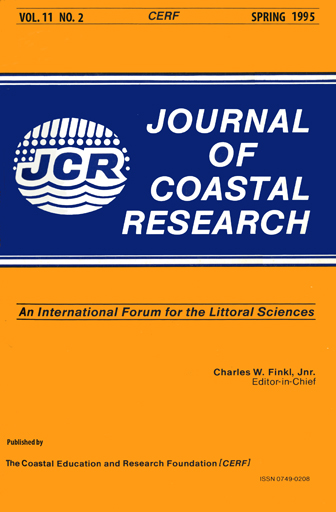A Hydrodynamic Model for the Río de La Plata, Argentina
Keywords:
Rio de La Plata, mathematical model, finite elementsAbstract
As part of a long term development plan for the port of Montevideo, Uruguay, a finite element mathematical model was constructed to characterize the global hydrodynamic regime of the Rio de la Plata. The model takes into account the main factors that determine the hydrodynamic regime of the river; i.e. fluvial flow rates, tides and winds, and provides the necessary boundary conditions for further analyses of any particular limited area within the river. In its most general version, the model admits any law regarding water levels and velocities at the boundaries, and allows for variable bottom roughness, the Coriolis effect, winds and atmospheric pressures, salinity gradients and variable boundaries. It was calibrated with 15-day water level records from seven tide stations, and 7-day hourly wind records from nine stations along the river. A detailed analysis of the influence of wind action upon the Rio de la Plata was also performed.


